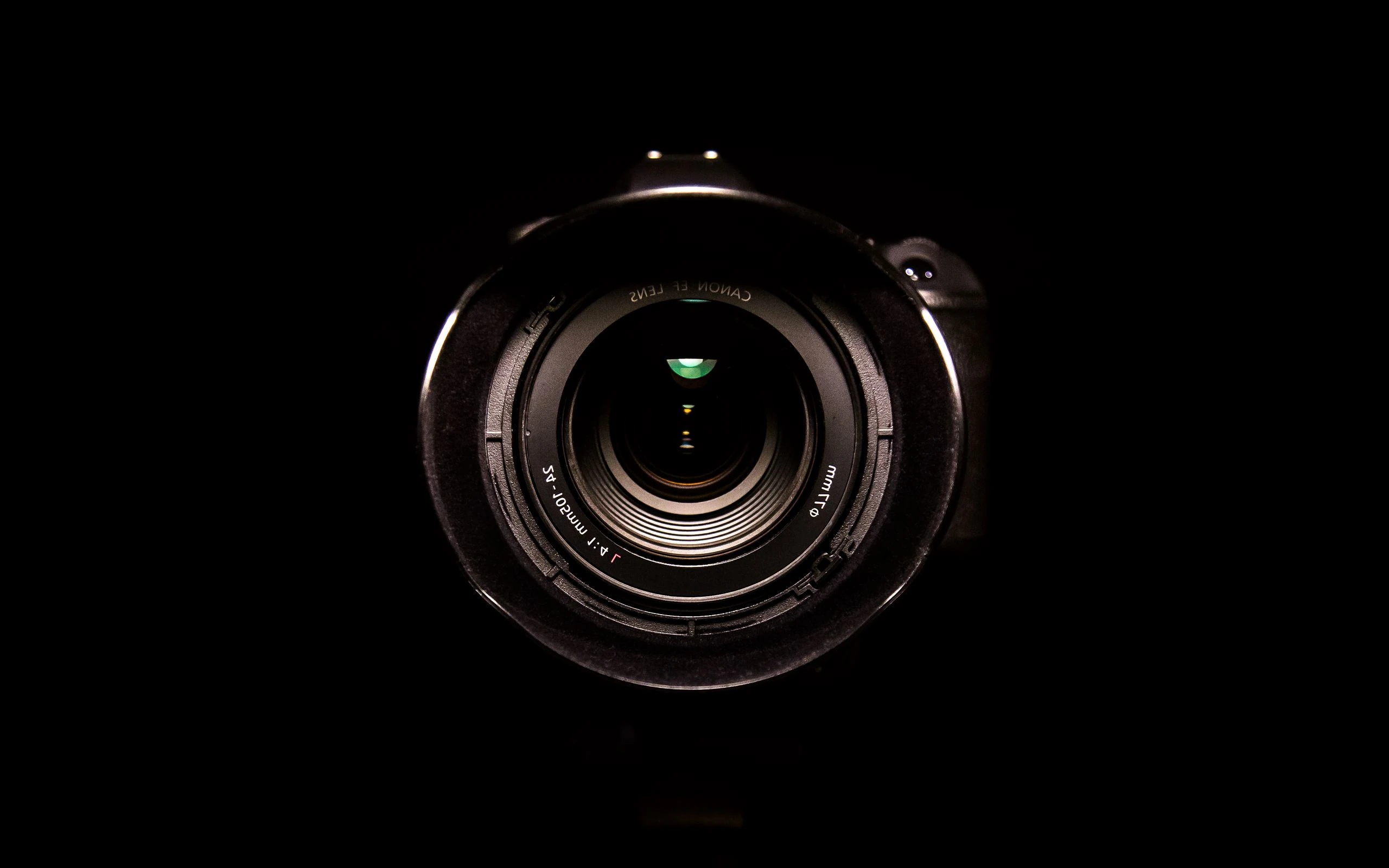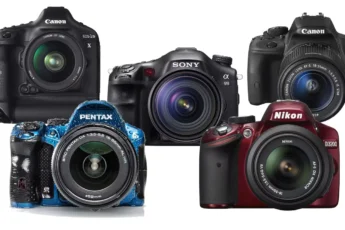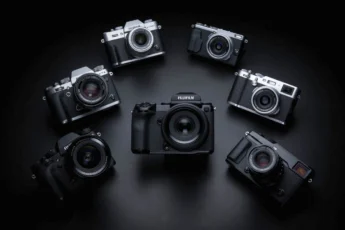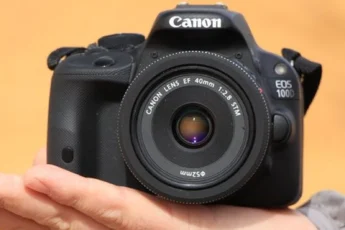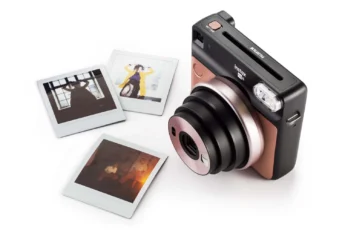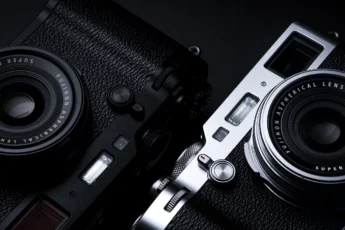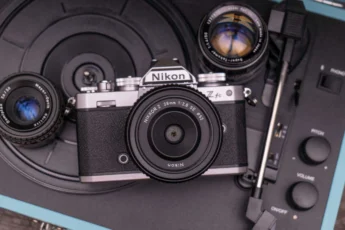The history of zoom lenses is a fascinating journey of innovation and technological advancement. From the early days of primitive zoom designs in the 1830s to the sophisticated optical marvels we have today, zoom lenses have evolved to become an indispensable tool for photographers and videographers alike. The first practical zoom lens, the Zoomar, was introduced in 1959 by Voigtländer, marking a significant milestone in the development of zoom technology. Since then, manufacturers have continually pushed the boundaries of what’s possible, creating lenses with wider focal length ranges, improved optical quality, and enhanced features like image stabilization and autofocus.
One of the most significant breakthroughs in zoom lens technology came with the introduction of the parfocal lens design, which allowed the lens to maintain focus throughout the entire zoom range. This innovation revolutionized the way photographers and videographers worked, enabling them to seamlessly transition between different focal lengths without the need for constant refocusing.
As digital photography gained prominence, zoom lenses adapted to the new era, incorporating advanced coatings and materials to minimize aberrations and optimize image quality. Today, we stand at the precipice of a new age in zoom lens technology, with advancements like AI-assisted focusing, computational photography, and the integration of 5G capabilities promising to redefine what’s possible with these versatile tools.
- Introduction to Zoom Lenses
- Importance of Zoom Lenses in Photography
- Current Trends in Zoom Lens Technologies
- Advancements in Optical Zoom
- Integration of AI in Zoom Lenses
- Impact of 5G Technology on Zoom Lens Capabilities
- Comparative Analysis of Top Zoom Cameras
- Sony A7 IV
- Canon EOS R10
- Panasonic Lumix GH5
- Sony A7S III
- Future Prospects for Zoom Lens Innovations
- Predictions for 2025 and Beyond
- Emerging Technologies in Zoom Lens Development
- Conclusion
Introduction to Zoom Lenses
At their core, zoom lenses are marvels of optical engineering, allowing photographers and videographers to change the focal length of their lens without the need to physically swap out glass. But how exactly do these lenses work? In essence, a zoom lens consists of multiple lens elements arranged in groups, with some elements moving relative to others to change the focal length. As the lens zooms, the distance between these element groups changes, altering the angle of view and magnification of the image.
Zoom lenses come in various types, each designed for specific purposes and focal length ranges. Standard zoom lenses, like the popular 24-70mm, offer a versatile range that covers wide-angle to short telephoto, making them ideal for everyday shooting scenarios. Telephoto zooms, such as the 70-200mm, excel at capturing distant subjects, compressing perspective, and creating beautiful background blur. Wide-angle zooms, like the 16-35mm, are perfect for landscape photography, architecture, and capturing expansive vistas. Superzoom lenses, with their extensive focal length ranges, provide unparalleled flexibility, allowing photographers to shoot everything from wide-angle to super-telephoto without changing lenses.
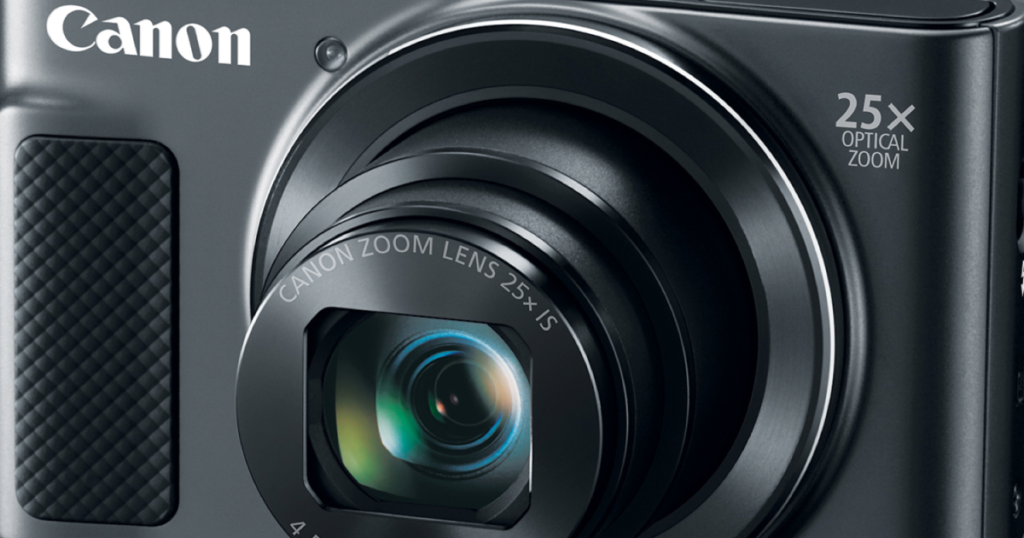
Zoom lenses are true game-changers for photographers and videographers, providing unparalleled flexibility and creative freedom. With a single lens, you can capture a wide variety of shots, from sweeping landscapes to intimate portraits, all while maintaining the ability to compose and frame your shots exactly as you envision them. Whether you’re a professional shooter or an enthusiast looking to expand your creative horizons, understanding the basics of zoom lenses is essential to unlocking their full potential.
Importance of Zoom Lenses in Photography
Zoom lenses have become an essential tool in the arsenal of photographers and videographers, offering unparalleled versatility and creative potential. With the ability to seamlessly transition between different focal lengths, zoom lenses allow you to capture a wide range of shots without the need to physically change lenses. This flexibility is particularly valuable in fast-paced shooting scenarios, such as weddings, sports events, or wildlife photography, where every second counts and the perfect shot can be fleeting.
Beyond their practical advantages, zoom lenses also open up a world of creative possibilities for photographers. By adjusting the focal length, you can dramatically alter the perspective and composition of your shots, creating dynamic and visually striking images. A wide-angle zoom can be used to capture expansive landscapes or exaggerate the sense of space in an interior, while a telephoto zoom can compress perspective, making distant objects appear closer together and creating a sense of intimacy or drama.
Throughout the history of photography and cinematography, zoom lenses have played a crucial role in capturing some of the most iconic and memorable images. From the sweeping vistas of Ansel Adams’ landscapes to the intimate portraits of Annie Leibovitz, zoom lenses have been a constant companion to the world’s greatest visual storytellers. In the realm of cinema, Directors like Stanley Kubrick and Alfred Hitchcock used zoom lenses to create suspense, drama, and visual intrigue, cementing their place as essential tools in the filmmaker’s toolkit.
Current Trends in Zoom Lens Technologies
Advancements in Optical Zoom
In recent years, camera manufacturers have made significant strides in improving the optical zoom capabilities of their lenses. Advances in lens design and construction have allowed for wider zoom ranges without sacrificing image quality or portability. Lenses like the Nikon COOLPIX P1000, with its incredible 125x optical zoom, push the boundaries of what’s possible, enabling photographers to capture details that were once out of reach. These advancements have been madepossible through the use of high-quality glass elements, advanced coatings, and innovative optical designs that minimize aberrations and maintain sharpness throughout the zoom range.
Another area of focus for manufacturers has been the development of lenses with faster maximum apertures across the zoom range. Lenses like the Sony FE 70-200mm f/2.8 GM OSS II maintain a constant f/2.8 aperture throughout the zoom range, providing photographers with greater control over depth of field and low-light performance. These advancements in optical zoom technology have opened up new creative possibilities for photographers, allowing them to capture stunning images in a wider range of shooting scenarios.
Integration of AI in Zoom Lenses
Artificial intelligence (AI) is rapidly becoming a key player in the world of zoom lens technology. Manufacturers are integrating AI algorithms into their lenses to improve autofocus performance, subject tracking, and image stabilization. AI-powered autofocus systems can analyze the scene in real-time, detecting and tracking subjects with incredible accuracy and speed. This is particularly useful in scenarios like sports or wildlife photography, where subjects are often moving erratically and traditional autofocus systems may struggle to keep up.
AI is also being leveraged to enhance image stabilization, with algorithms that can analyze camera movement and make real-time adjustments to compensate for shake and vibration. This results in sharper images and smoother video footage, even when shooting handheld or in challenging conditions. As AI technology continues to evolve, we can expect to see even more advanced features and capabilities integrated into zoom lenses, pushing the boundaries of what’s possible in photography and videography.
Impact of 5G Technology on Zoom Lens Capabilities
The advent of 5G technology is set to revolutionize the way we capture and share images and video, and zoom lenses are poised to play a significant role in this transformation. With its lightning-fast speeds and low latency, 5G enables the seamless transfer of high-resolution images and video from the camera to the cloud or other devices. This opens up new possibilities for remote shooting, real-time collaboration, and instant sharing of content.
Imagine a scenario where a photographer is capturing images with a 5G-enabled camera and zoom lens, and the images are instantly transmitted to a remote editor or client for real-time feedback and adjustments. Or a videographer live-streaming a concert or event, with the ability to zoom in and out and switch between different cameras, all while maintaining a high-quality, low-latency video feed. As 5G networks continue to expand and evolve, we can expect to see even more innovative applications of this technology in the world of zoom lenses and photography.
Comparative Analysis of Top Zoom Cameras
Sony A7 IV
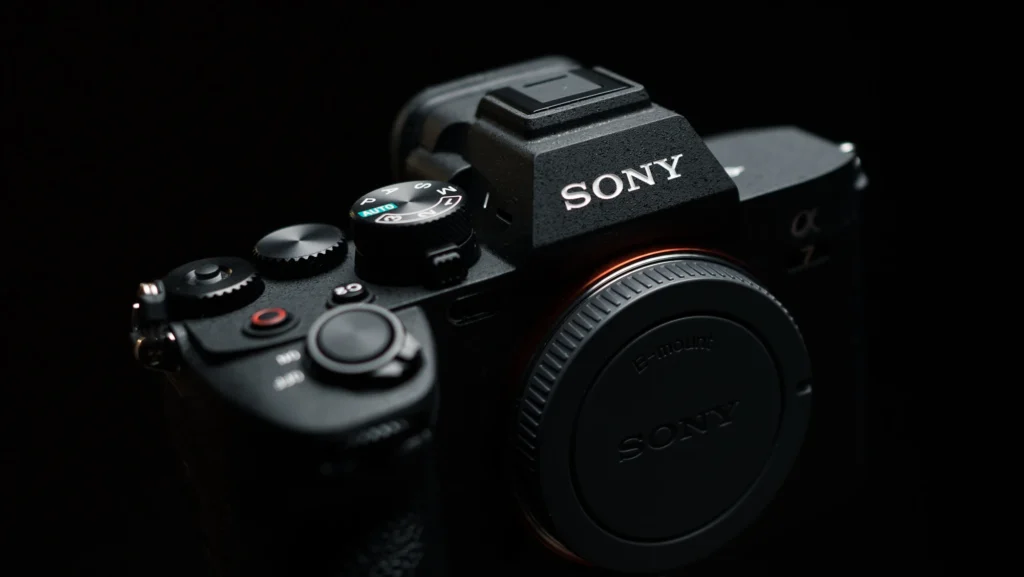
The Sony A7 IV is a powerhouse of a camera, offering an impressive combination of high-resolution imaging, advanced autofocus, and versatile zoom capabilities. With its 33-megapixel full-frame sensor, the A7 IV delivers stunning image quality, with excellent dynamic range and low-light performance. The camera’s autofocus system is equally impressive, with 759 phase-detection AF points and real-time tracking that can keep up with even the most challenging subjects.
When it comes to zoom lenses, the Sony A7 IV is compatible with a wide range of high-quality options, from the versatile 24-105mm f/4 G to the telephoto 100-400mm f/4.5-5.6 GM OSS. These lenses offer exceptional optical performance, with advanced coatings and designs that minimize aberrations and maximize sharpness. The A7 IV also features in-body image stabilization, which works in tandem with lens-based stabilization to provide up to 5.5 stops of shake reduction, making it easier to capture sharp images and smooth video footage, even when shooting handheld.
Canon EOS R10
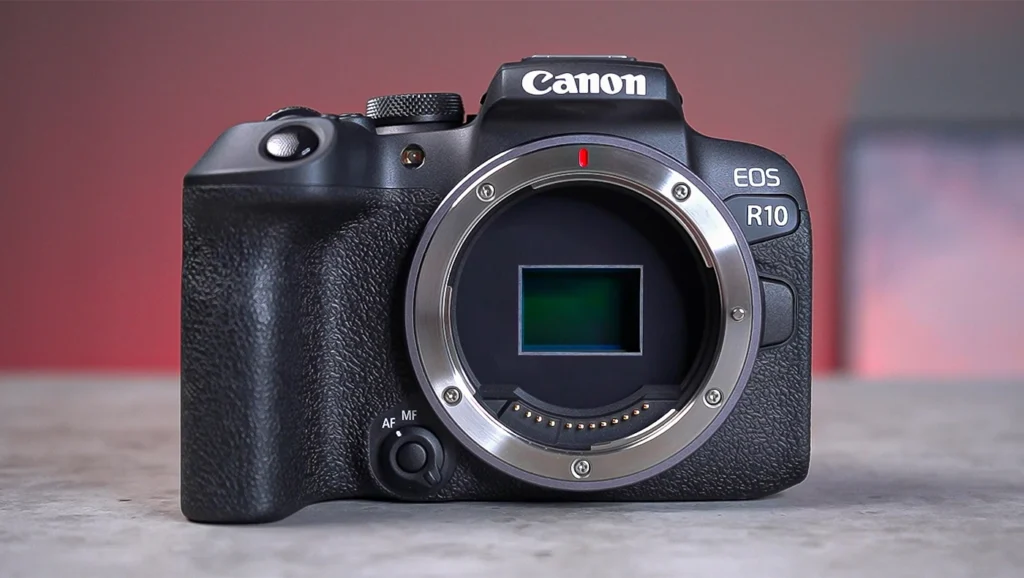
The Canon EOS R10 is a compact and lightweight mirrorless camera that punches well above its weight class when it comes to zoom capabilities. With its 24.2-megapixel APS-C sensor and advanced DIGIC X image processor, the R10 delivers excellent image quality and high-speed performance. The camera’s autofocus system is particularly impressive, with Dual Pixel CMOS AF II technology that provides fast and accurate focusing across the entire frame.
One of the standout features of the Canon EOS R10 is its compatibility with Canon’s extensive lineup of RF and EF lenses, which includes a wide range of zoom options. Lenses like the RF 24-240mm f/4-6.3 IS USM offer an incredible 10x zoom range, making it possible to capture everything from wide-angle landscapes to distant wildlife with a single lens. The R10 also features Movie Digital IS, which combines lens-based and digital stabilization to provide smooth and steady video footage, even when shooting
Panasonic Lumix GH5
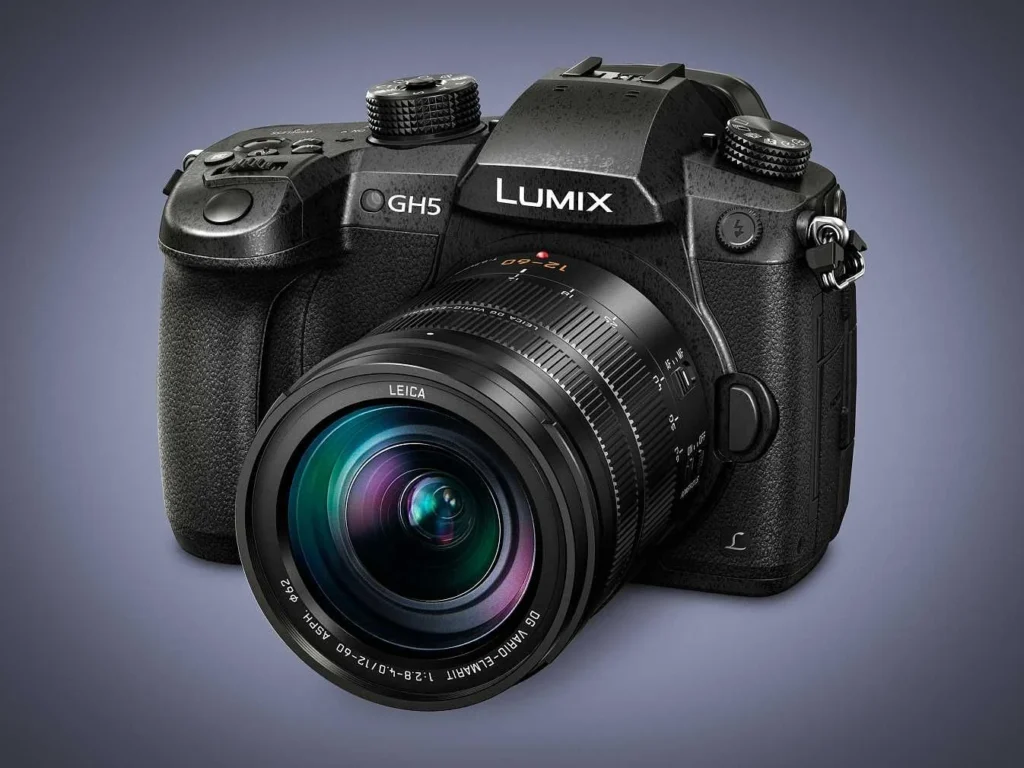
The Panasonic Lumix GH5 has long been a favorite among videographers and photographers alike, thanks to its impressive video capabilities and versatile zoom options. With its 20.3-megapixel Micro Four Thirds sensor and advanced Venus Engine image processor, the GH5 delivers excellent image quality and performance, even in challenging lighting conditions. The camera’s autofocus system is fast and accurate, with 225 focus points and advanced subject tracking that can keep up with fast-moving subjects.
One of the key advantages of the Panasonic Lumix GH5 is its compatibility with a wide range of zoom lenses, from the compact and versatile 12-60mm f/2.8-4.0 to the telephoto 100-400mm f/4.0-6.3. These lenses offer exceptional optical performance, with advanced coatings and designs that minimize aberrations and maximize sharpness. The GH5 also features built-in image stabilization, which works in tandem with lens-based stabilization to provide up to 5 stops of shake reduction, making it easier to capture sharp images and smooth video footage, even when shooting handheld.
Sony A7S III
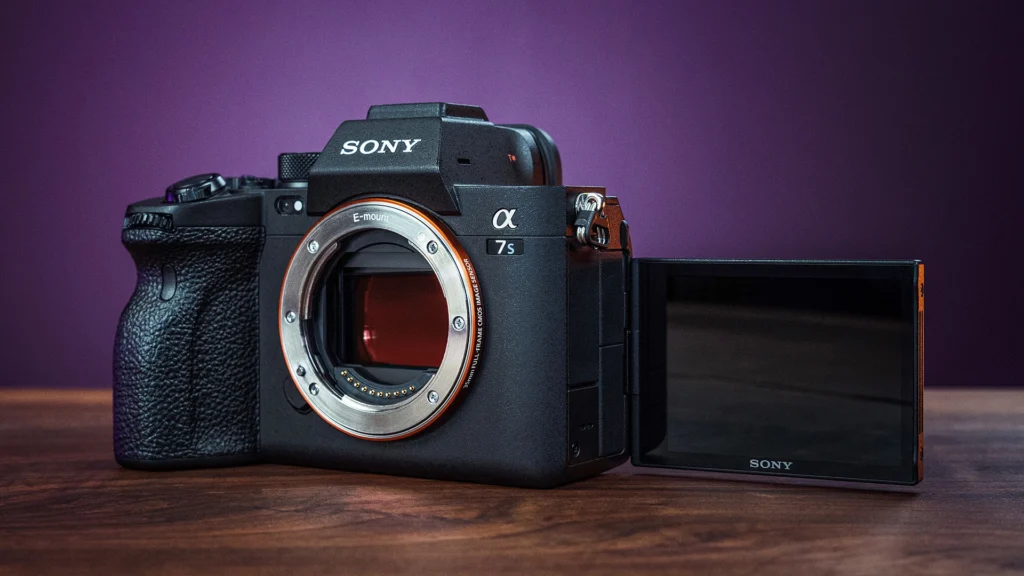
The Sony A7S III is a low-light powerhouse that combines exceptional video capabilities with impressive zoom performance. With its 12.1-megapixel full-frame sensor and advanced BIONZ XR image processor, the A7S III delivers stunning image quality, with incredible low-light performance and dynamic range. The camera’s autofocus system is equally impressive, with 759 phase-detection AF points and real-time tracking that can keep up with even the most challenging subjects.
When it comes to zoom lenses, the Sony A7S III is compatible with a wide range of high-quality options, from the versatile 24-70mm f/2.8 GM to the telephoto 70-200mm f/2.8 GM OSS. These lenses offer exceptional optical performance, with advanced coatings and designs that minimize aberrations and maximize sharpness. The A7S III also features built-in image stabilization, which works in tandem with lens-based stabilization to provide up to 5.5 stops of shake reduction, making it easier to capture sharp images and smooth video footage, even when shooting handheld.
Future Prospects for Zoom Lens Innovations
Predictions for 2025 and Beyond
As we look ahead to the future of zoom lens technology, there are several exciting developments on the horizon. One area of focus is the continued integration of artificial intelligence (AI) and machine learning into zoom lenses. We can expect to see AI-powered autofocus systems that can recognize and track subjects with even greater accuracy and speed, as well as AI-assisted image stabilization that can analyze camera movement and make real-time adjustments to compensate for shake and vibration.
Another trend that is likely to gain momentum in the coming years is the development of zoom lenses with even wider focal length ranges and faster maximum apertures. As camera sensors continue to improve in low-light performance and resolution, there will be a growing demand for lenses that can keep up with these advancements. We may see zoom lenses that can cover everything from ultra-wide to super-telephoto focal lengths, all while maintaining fast apertures and exceptional optical quality.
Emerging Technologies in Zoom Lens Development
In addition to the trends mentioned above, there are several emerging technologies that could have a significant impact on the future of zoom lens development. One such technology is liquid lens elements, which use an electrically controlled liquid to change the shape of the lens and adjust the focal length. This technology has the potential to enable even more compact and lightweight zoom lenses, as well as faster and more precise autofocus performance.
Another area of interest is the development of computational zoom technology, which uses advanced algorithms and multiple camera modules to create a virtual zoom effect. This technology has already been implemented in some smartphone cameras, but it has the potential to be adapted for use in larger-format cameras and lenses as well. By combining the data from multiple camera modules and applying advanced image processing techniques, computational zoom could enable even greater zoom ranges and image quality, without the need for large and heavy optical elements.
Conclusion
As we’ve seen throughout this comprehensive review and comparison, zoom lenses have come a long way since their early beginnings, and the future looks brighter than ever. From the incredible optical zoom capabilities of lenses like the Nikon COOLPIX P1000 to the AI-powered autofocus and image stabilization of the latest mirrorless cameras, the technology behind zoom lenses continues to evolve at a rapid pace.
Whether you’re a professional photographer or videographer, or simply an enthusiast looking to capture the world around you in new and creative ways, there has never been a better time to invest in a high-quality zoom lens. With so many options availableon the market, from versatile standard zooms to powerful telephoto lenses, there is a zoom lens out there to suit every need and budget.
As we look ahead to the future of zoom lens technology, it’s clear that the possibilities are virtually limitless. With the continued integration of AI and machine learning, the development of new optical technologies like liquid lens elements, and the potential of computational zoom, we can expect to see zoom lenses that are even more capable, compact, and intelligent than ever before.
So whether you’re capturing stunning landscapes, intimate portraits, or fast-paced action, a high-quality zoom lens is an essential tool in any photographer or videographer’s arsenal. By understanding the basics of zoom lens technology, staying up-to-date with the latest trends and advancements, and investing in the right lens for your needs, you’ll be well-equipped to unleash your creativity and capture the world in ways you never thought possible.
As the old saying goes, “the best camera is the one you have with you,” and with the incredible zoom capabilities of today’s cameras and lenses, you’ll always be ready to capture the perfect shot, no matter where your adventures may take you. So get out there, explore the world, and let your zoom lens be your guide to capturing the beauty and wonder of the world around you.

